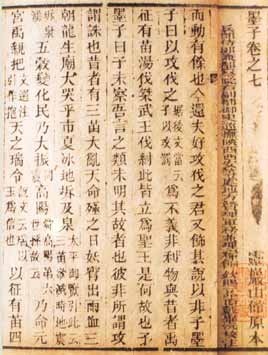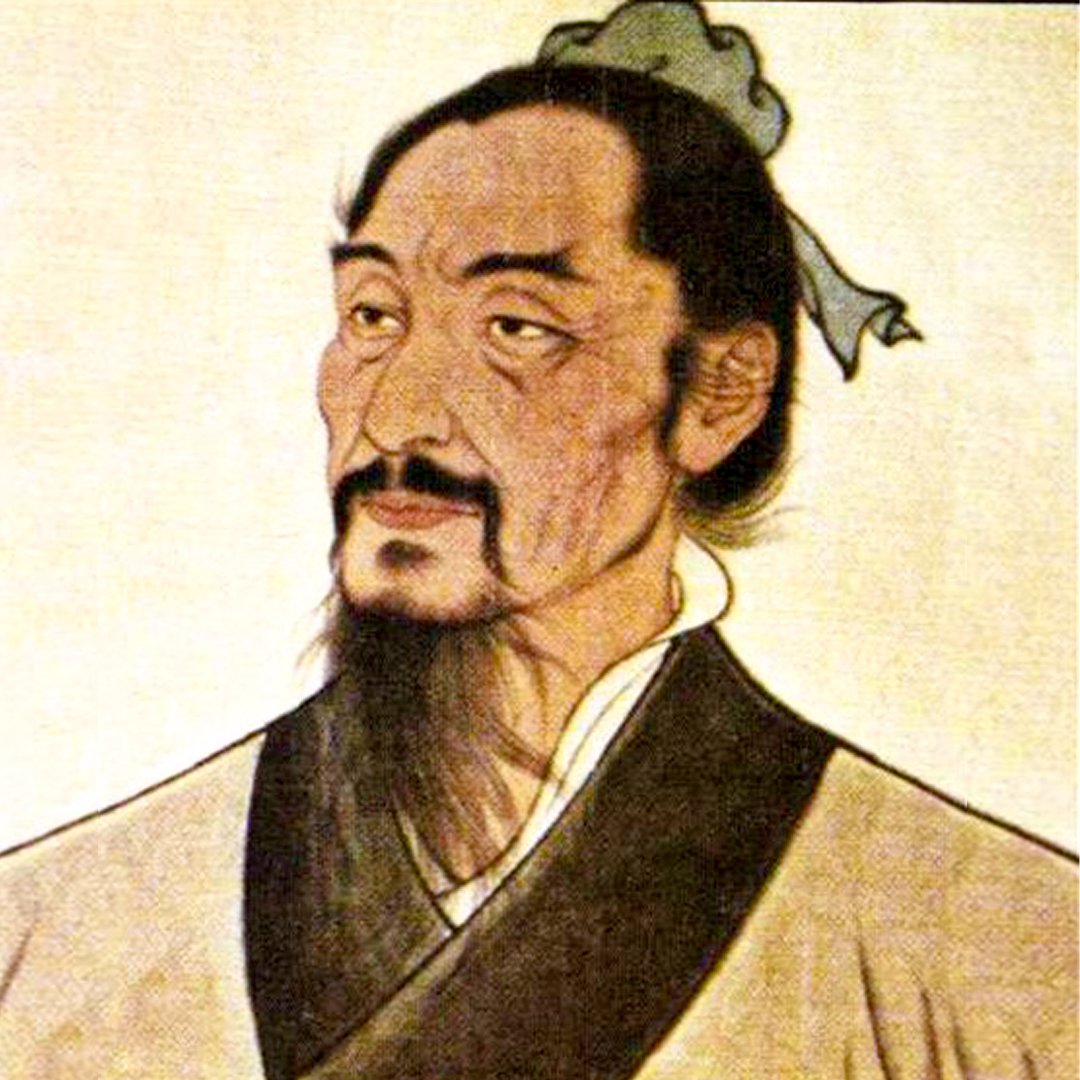Mo, Di, active 400 B.C.
Enlarge text Shrink text- LCN
- לפי ד"ר יורי פינס, האוניברסיטה העברית.
Mozi, personal name Mo Di, was a Chinese philosopher, logician, and founder of the Mohist school of thought, making him one of the most important figures of the Warring States period (c. 475 – 221 BCE). Alongside Confucianism, Mohism became the most prominent, organized schools of the Hundred Schools of Thought throughout the period. The Mozi is an anthology of writings traditionally attributed to Mozi and to his followers. Born in what is now Tengzhou, Shandong, Mozi and his followers argued strongly against both Confucianism and Taoism, with a philosophy emphasizing universal love, social order, the will of Heaven, sharing, and honoring the worthy. Mohism was actively developed and practiced across Warring States–era China, but fell out of favor following the establishment of the Qin dynasty in 221 BCE. While tradition assumes the destruction of many Mohist texts in 213 BCE as part of Emperor Qin Shi Huang's burning of books and burying of scholars, traces of Mohism can still be seen late in the early Han (from 202 BCE), in syncretic texts like the Huainanzi of c. 139 BCE. As Confucianism became the dominant school of thought during the Han dynasty (202 BCE – 220 CE), Mohism disappeared almost entirely by the middle of the Western Han period of 202 BCE to 9 CE. Mozi is referenced in the 6th-century CE Thousand Character Classic, which records that he was saddened when he saw the dyeing of pure white silk, which embodied his conception of austerity as simplicity and chastity.
Read more on Wikipedia >
 Personality
Personality





